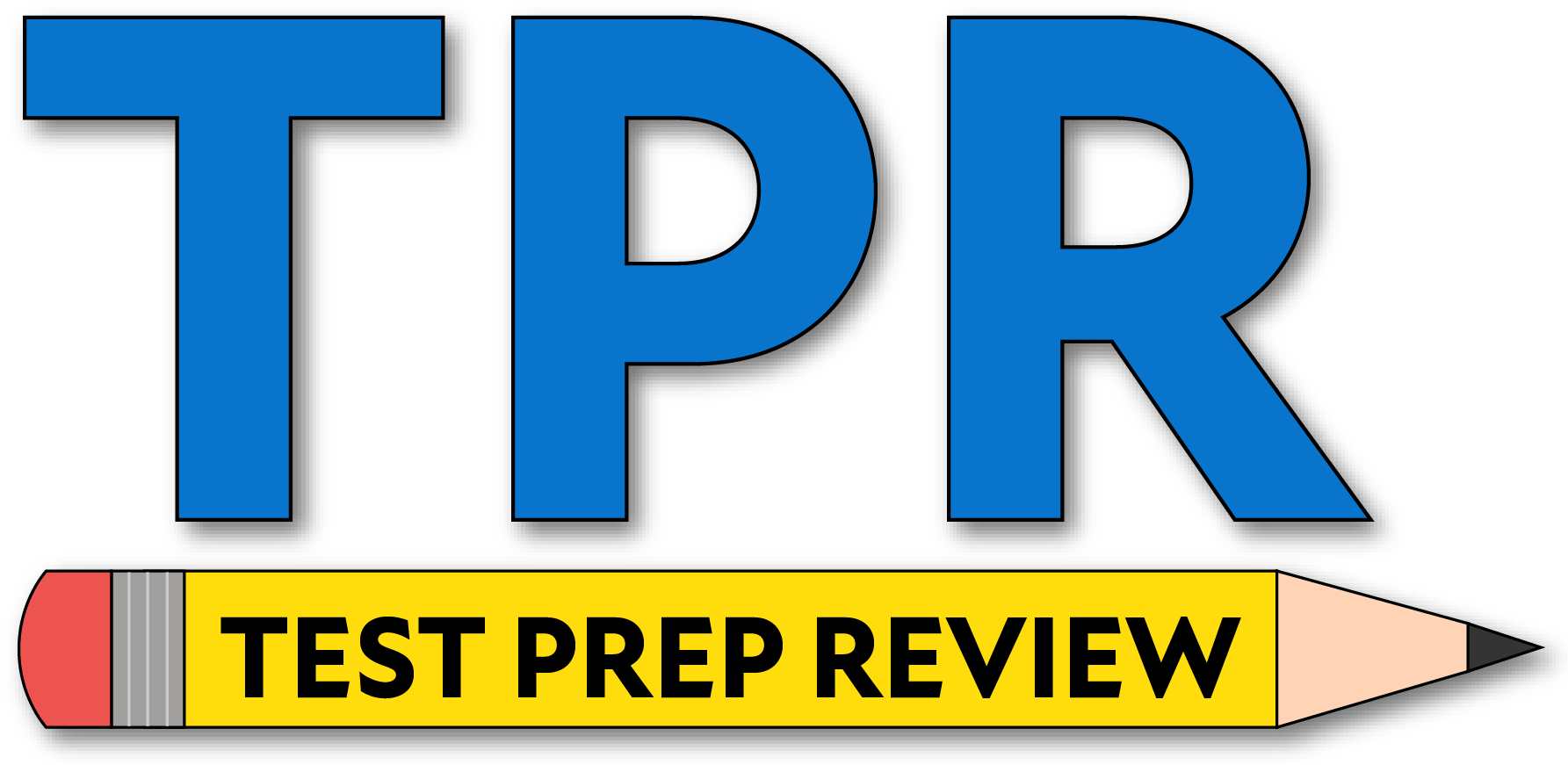- Which of the following is the correct formula for focal point calculation?
- \(F=I+O\)
- \(\frac{1}{F}=I\times \frac{1}{O}\)
- \(F=1\times \frac{1}{O}\)
- \(\frac{1}{F}=\frac{1}{I}+\frac{1}{O}\)
The thin‐lens equation relates focal length \(F\), image distance I, and object distance O by:
\(\dfrac{1}{F}=\dfrac{1}{I}+\dfrac{1}{O}\)
This reciprocal form holds for both converging and diverging lenses.
- Which of the following is the correct formula for lens power?
- \(P = \frac{1}{f} + \frac{1}{O}\)
- \(P = \frac{1}{f}\)
- \(P=f\times0\)
- \(P=\frac{O}{f}\)
Lens power \(P\), in diopters, is defined as the reciprocal of the focal length (in meters):
\(P=\dfrac{1}{f}\)
Choices A, C, and D introduce extra terms or multiply by zero, so Choice B matches the definition.
- The absolute index of refraction for a substance is 2.0 for light having a wavelength of \(5.9 \times 10^{-7}\) meters. In this substance what is the critical angle for light incident on a boundary with air?
- 25°
- 30°
- 35°
- 40°
Total internal reflection at the critical angle \(θ_c\) satisfies the following:
\(\sin\theta_c=\dfrac{n_2}{n_1}\)
Here, \(n_1=2.0\) and \(n_2\approx1.0\), so:
\(\sin\theta_c=\dfrac{1}{2}=0.5\)
This gives \(θ_c=30°\).
- Which phenomenon can occur with light but not with sound?
- Doppler effect
- Interference
- Polarization
- Refraction
Polarization requires transverse oscillations perpendicular to propagation. Light is a transverse wave and can be polarized; sound in air is longitudinal and cannot.
- The threshold frequency of a photo emissive surface is \(7.0 \times 10^{14} \text{ hz}\). Which electromagnetic radiation, incident upon the surface, will produce the greatest amount of current?
- Low intensity infrared radiation
- High intensity infrared radiation
- Low intensity UV radiation
- High intensity UV radiation
Only photons with frequency ≥ the threshold can eject electrons. Infrared is below threshold and produces no current, regardless of intensity.
UV above threshold will, and higher intensity (more photons) yields greater current.
- A spherical mirror that forms only virtual images has a radius of curvature of 0.5 meters. What is the focal length of this mirror?
- -0.125 m
- -0.25 m
- 2.5 m
- 2.75 m
For spherical mirrors, \(f=\tfrac{R}{2}\). A mirror forming only virtual images is convex (negative focal length).
\(R=0.50 \text{m}\)
\(f=\:–0.25 \text{m}\)
- A spherical concave mirror is used in the back of a car headlight. Where must the bulb of the headlight be located to produce a parallel beam of reflected light?
- Between the principal focus and the mirror
- Beyond the center of curvature of the mirror
- At the principal focus of the mirror
- At the center of the curvature of the mirror
A concave (converging) mirror will reflect rays from its focal point into a parallel beam. Place the bulb at the principal focus and the reflected light becomes collimated.
- An object 0.080 meters high is placed 0.20 meters from a converging (convex) lens. If the distance from the image of the lens is 0.40 meters, what is the height of the image?
- 0.08 m
- 0.16 m
- 0.24 m
- 0.33 m
Magnification is \(m=–\dfrac{v}{u}\), where \(u=0.20 \text{m}\) and \(v=0.40 \text{m}\).
So \(m=\:–2\) and image height is \(–2\times0.080 \text{m}=\:–0.16 \text{m}\) (0.16 m in magnitude, inverted).
- A diverging (concave) lens can form images that are…
- Virtual only
- Inverted only
- Either virtual or real
- Either inverted or erect
A diverging lens always produces virtual, upright, reduced images for real objects. It cannot form a real image because rays diverge after passing through.
- A ray of light strikes a plane mirror at an angle of incidence equal to 35°. What is the angle between the incidence ray and the reflected ray?
- 45°
- 60°
- 70°
- 80°
The law of reflection gives equal angles of incidence and reflection (35° each), so the two rays form a \(35°+35°=70°\) angle between them.
- Compared to the wavelengths of visible light, the wavelengths of UV light are…
- Shorter
- Longer
- The same
UV light has higher frequency (and therefore shorter wavelength) than visible light since \(c=\lambda\nu\).
- What is the energy of a quantum of light having a frequency of \(6.0 \times 10^{14} \text{ Hz}\) ?
- \(1.6 \times 10^{−4}\text{ J}\)
- \(4.0 \times 10^{−19}\text{ J}\)
- \(1.3 \times 10^{−11}\text{ J}\)
- \(5.0 \times 10^{-7}\text{ J}\)
Photon energy is \(E=h\nu\).
\(h\approx 6.63\times 10^{−34}\text{ J}\cdot \text{s}\)
\(\nu=6.0\times10^{14}\text{ Hz}\)
\(E\approx3.98\times10^{−19}\text{ J}\)
This rounds to \(4.0\times10^{−19}\text{ J}\).
- Experiments performed with light indicate that light exhibits which properties?
- Particle properties only
- Wave properties only
- Both particle and wave properties
- Neither particle nor wave properties
Light shows wave phenomena and particle phenomena, so it has both natures.
- What is the speed of light in a medium having an absolute index of refraction of 2.3?
- \(0.77 \times 10^7\text{ m/s}\)
- \(1.3 \times 10^8\text{ m/s}\)
- \(1.5 \times 10^3\text{ m/s}\)
- \(2.3 \times 10^8\text{ m/s}\)
Speed in a medium is \(v=\dfrac{c}{n}\).
\(c=3\times10^8 \text{m/s}\)
\(n=2.3\)
\(v\approx 1.30\times 10^8 \text{m/s}\)
